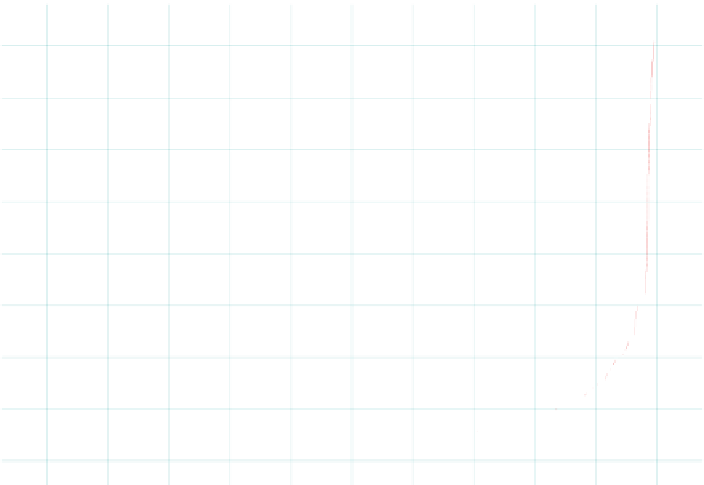Geoscience Reference
In-Depth Information
Fig. 5.10
Cumulative frequency
plot of the absolute value
of pair differences
160
N= 146
140
120
100
80
60
40
20
0
0
20
40
60
80
100
Percent (cumulative)
samples below 10 % relative difference (for pulps) and
90 % of the pairs below 20 % for coarse duplicates. Pairs
where both values are less than 5 times the DL should not
be included.
Experience has shown that certain modeling techniques
are more suited for certain types of deposits. This is based on
the degree of variability commonly associated with certain
grades and the deposit geometry. There are tabular vein-type
or sedimentary deposits and more massive disseminated or
porphyry-type deposits.
Precious metals tend to have grade distributions that are
more skewed and exhibit higher spatial variability. The im-
pact of outlier values is more significant and thus it is ap-
propriate to consider modeling techniques better suited to
control erratic distributions.
An important aspect of grade variables is that they upscale
linearly, that is, the grades of larger volumes is the arithmetic
average of the constituent smaller volumes. This simplifies
the practice of block kriging (Chap. 8) and the application of
conditional simulations (Chap. 10). Change of support meth-
ods (Chap. 7) are based on the linear averaging of variables.
In-situ bulk density (dry and wet) is a critical component
in resource modeling. The resource estimates should nor-
mally be reported using dry density values, since all grade
assays are normally done on a dry basis; however, estimates
of moisture content (or wet densities) is necessary for mine
planning, since it provides a more realistic estimate of true
tonnage that will be mined, and therefore is an important
component in the scheduling of trucks and other equipment.
This is particularly important in tropical or wet environ-
ments. For example, the moisture content in Nickel laterite
deposits can be greater than 15 % of total weight.
Bulk density and moisture values can be modeled through
arithmetic averages by rock types or other geologic variable
types or estimated through kriging or inverse distance meth-
5.5
Variables and Data Types
Many different types of raw, derived or transformed vari-
ables are considered in resource estimation. The following
is a summary of the most commonly modeled variables in
the minerals industry including grade variables, transformed
variables (such as Gaussian and indicators variables); geo-
logical properties; fracture densities; texture variables; dry
and wet densities; and variables related to metallurgical per-
formance, such as bond index; SemiAutogenous Grinding
(SAG) power index; hardness; plant throughput; mill recov-
eries; and mineralogical species.
5.5.1
Raw and Transformed Variables
The most common variables are grade variables (mass frac-
tions) since they directly measure the resource being esti-
mated. Different types of grade variables will lead to differ-
ent modeling techniques. Typical examples include precious
metals, such as gold, silver, platinum, and palladium.; base
metals, such as Cu, Pb, Zn, Fe, and Ni; iron ores such as
magnetite and hematite; coal, uranium, potash, and nitrates.
Most metal variables will be positively skewed, although
there are noteable exceptions such as Fe.









